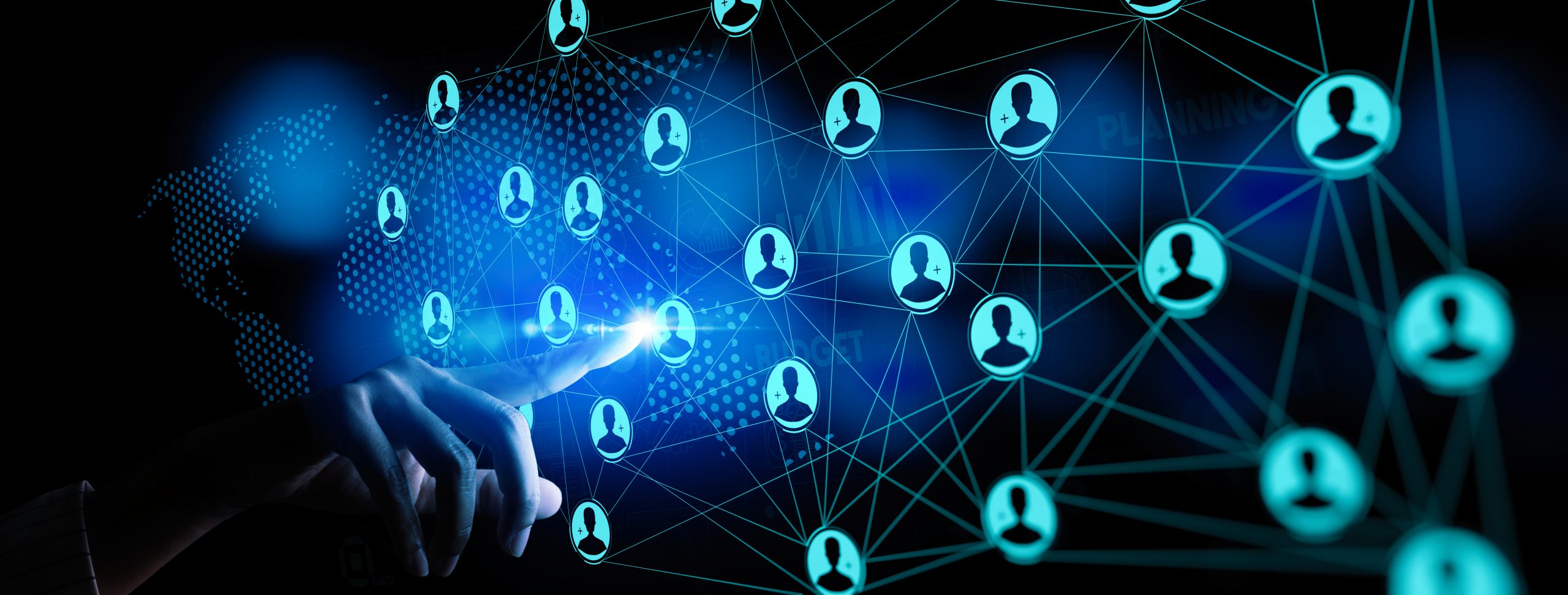
When we talk about the abundance of data in today’s world, we often think of it in relation to businesses making marketing and sales decisions. However, data doesn’t just inform these areas; it’s also changing the way we study and understand human behavior at work. This emerging field, known as “people analytics,” is revolutionizing the workplace and significantly impacting hiring and productivity.
Understanding People Analytics
Jeffrey T. Polzer, the UPS Foundation Professor of Human Resource Management at Harvard Business School, explores this subject in a recent paper published in Research in Organizational Behavior. He looked at how organizational researchers should study people analytics practices, which could touch the work of nearly all managers and employees.
People analytics, as defined by Polzer, is taking a “data-driven approach to address employee-related decisions and practices.” This field aims to answer pertinent questions like, “Who are the best candidates to hire or promote? Are employees maintaining their sense of well-being? Are they collaborating effectively and being productive, even when working remotely? Who is likely to leave?”
But one must be wary of the potential misuse of people analytics, such as employers monitoring every keystroke in an attempt to control and micromanage employee behavior. As Polzer mentions, “This has the potential to be very powerful, both in positive and concerning ways.”
The Impact of Big Data on People Analytics
The last two decades have seen the emergence of “big data,” triggering massive shifts in decision-making across various fields, including business, science, medicine, government, and even professional sports. The rise of artificial intelligence (AI) like ChatGPT has also been instrumental in this change.
Large-scale data projects have aimed to solve significant problems, like tracking the spread of epidemics, reducing highway congestion, or detecting fraudulent transactions. The trend toward people analytics is a logical extension of this era of big data. It draws from the science of processing and identifying patterns in large datasets and applies these to the actions of employees.
This transformation has been catalyzed by the digital revolution in organizations, leading to the generation of “digital trace data.” These are records of employee behavior captured on devices central to performing jobs everywhere, from the office to the factory floor to the delivery site.
The Growth and Value of People Analytics
The field of people analytics is experiencing significant growth, driven by advancements in computational social science and related fields. More organizations recognize the value of using employee data to make informed decisions. However, companies grapple with how to use this information responsibly and transparently.
The most apparent applications of people analytics involve talent and performance. It helps in determining the qualities that distinguish a company’s best managers and strongest teams and identifying growth and development opportunities.
As the field evolves, companies are applying people analytics to fundamental business processes. For instance, behavioral data can help sales teams optimize their outreach tactics. It could highlight bottlenecks in engineering, product development, and factory operations. As Polzer puts it, “The idea here is that organizations can help employees use their own data to better understand their work patterns along with paths to improvement.”
Trust and Transparency in People Analytics
One significant concern with people analytics is the tension it can create among employees. They may question how companies will use digital trace data and survey responses. Organizations must think comprehensively about these issues and establish transparent policies and practices to gain the support of their employees and reduce any wariness.
However, transparency is a tricky issue. Some algorithms are reaching levels of complexity that are challenging to explain, and even good explanations of models can quickly become outdated. Poorly implemented algorithms might tempt employees to game them to get ahead, focusing narrowly on what is measured rather than finding the best ways to be effective.
Data privacy regulations, like the European Union’s General Data Protection Regulation (GDPR), impose requirements on multinational employers to protect both employee and customer data. New laws may also be on the horizon, shaping how organizations respond.
As Polzer concludes, “How you put this into practice matters a lot.”
The field of people analytics is shaping the future of organizational research, providing valuable insights into employee behavior and performance. While the potential benefits are immense, organizations must tread carefully, ensuring transparency, respecting privacy, and using the data responsibly.
You may be interested in: Ending on a High Note: Study Reveals Importance of Final Impressions in Customer Journeys

